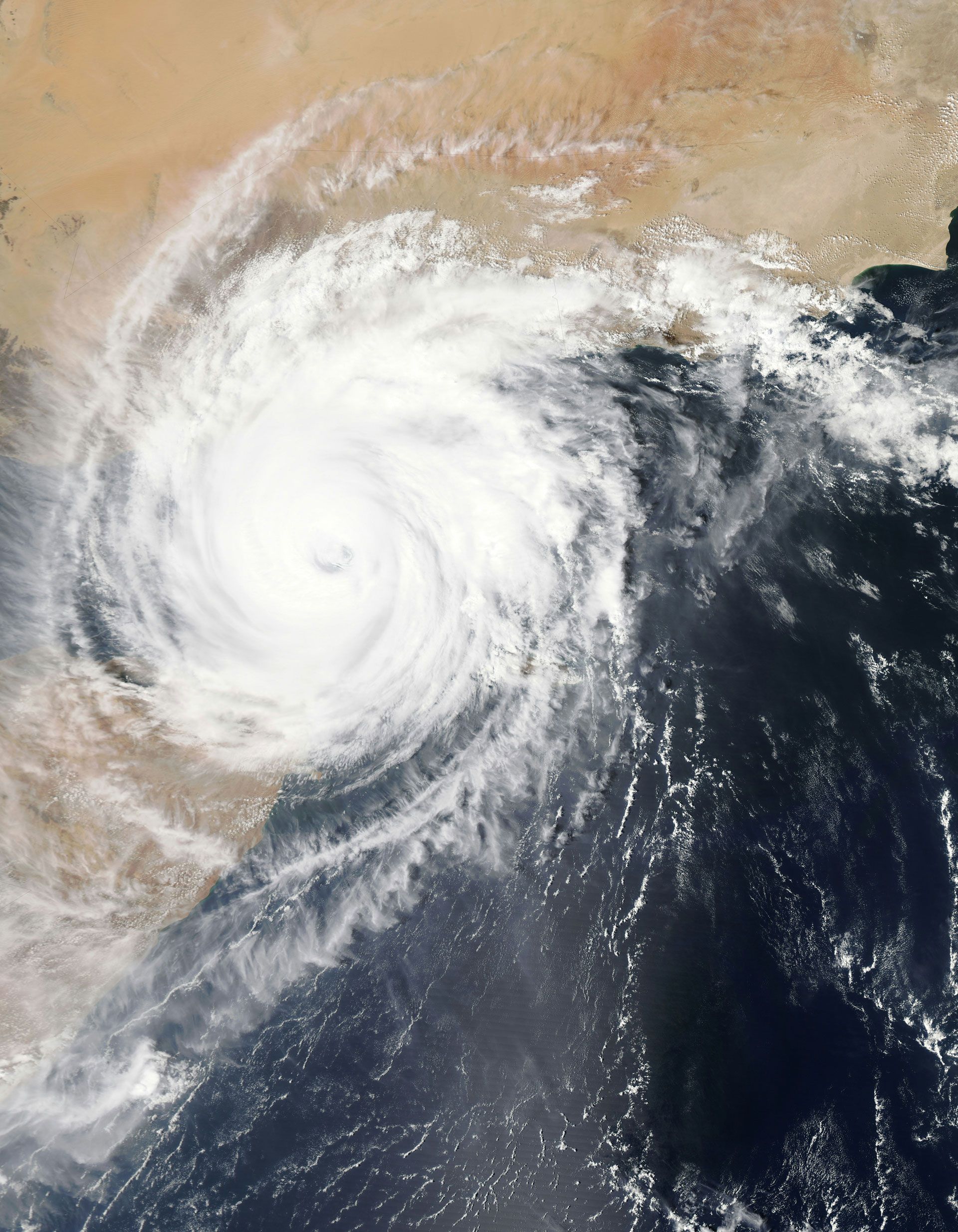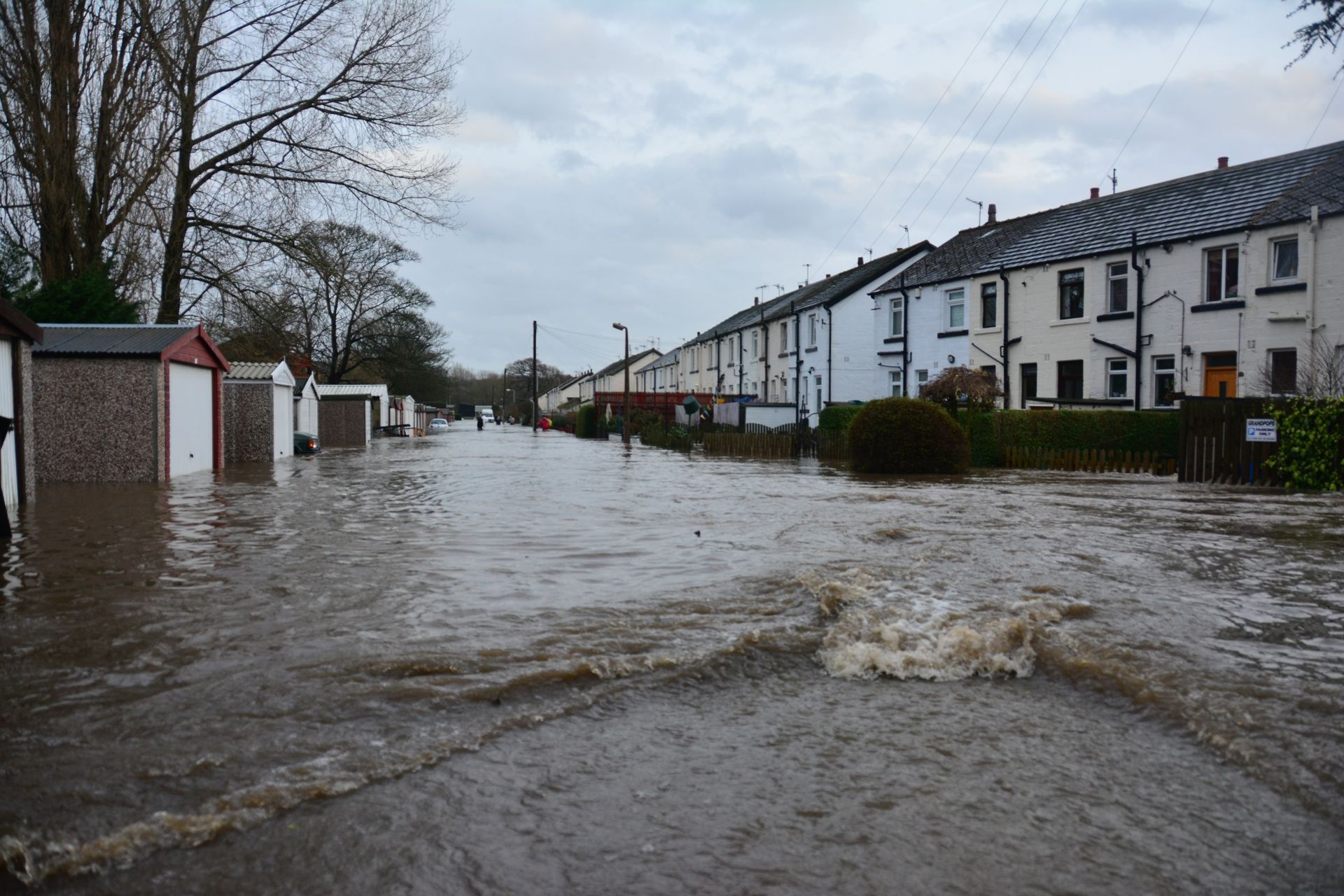Understanding No-Fault States and PIP Coverage in Car Insurance
I. Introduction
In Florida, a state with bustling roads and diverse traffic, understanding Uninsured Motorist Coverage is crucial for every driver. This article delves into the importance of this coverage in Florida's unique auto insurance landscape, offering insights for both new and seasoned drivers.
II. Understanding Auto Insurance in Florida
Florida's distinctive
"No-Fault" Auto Insurance System
requires drivers to carry Personal Injury Protection (PIP). However, this system has limitations, especially when dealing with uninsured motorists.
- Mandatory Insurance Requirements: Florida law mandates that drivers have a minimum of $10,000 in PIP and $10,000 in Property Damage Liability (PDL).
- No-Fault System Nuances: Understanding the nuances of this system is key to comprehending why additional coverage like UM is beneficial.
III. What is Uninsured Motorist Coverage?
Uninsured Motorist (UM) Coverage is an additional layer of protection that covers you when the at-fault driver lacks adequate insurance.
- Functionality: It covers medical expenses, lost wages, and other damages when the other party is uninsured or underinsured.
- Scope of Coverage: This coverage extends to hit-and-run accidents and instances where the at-fault driver's insurance is insufficient.
IV. The Prevalence of Uninsured Drivers in Florida
Florida's rate of uninsured drivers, hovering around 20%, is among the highest in the United States, making UM coverage more of a necessity than a luxury.
V. Benefits of Uninsured Motorist Coverage
UM Coverage offers not just financial protection but also peace of mind in a state with a high rate of uninsured drivers.
- Comprehensive Protection: It fills the gaps left by PIP and liability coverage, especially in severe accidents.
- Flexibility and Peace of Mind: Knowing you're covered regardless of the other driver's insurance status provides immense relief.
VI. How to Choose the Right Uninsured Motorist Coverage
Selecting the right UM Coverage involves a careful assessment of your driving habits, frequent travel areas, and financial situation.
- Coverage Limits: Understanding how these limits work in conjunction with your PIP and liability coverage is crucial.
- Cost-Benefit Analysis: Weighing the cost of additional coverage against the potential financial risk of an accident with an uninsured driver.
VII. Legal Aspects of Uninsured Motorist Coverage
Understanding how UM Coverage complements your PIP and liability coverage under Florida's no-fault system is essential for legal and financial protection.
- Legal Requirements and Options: While UM coverage is optional, it's often recommended by legal and insurance experts.
- Policyholder Rights: Knowing your rights under your UM policy can be crucial in the event of an accident.
VIII. Dealing with a Car Accident Involving an Uninsured Driver
In an accident with an uninsured driver, it's important to document the accident thoroughly, gather witness statements, file a police report, and report the incident to your insurer.
- Immediate Steps: Safety first, then documentation and reporting.
- Long-Term Considerations: Understanding how such an accident can impact your future insurance premiums and coverage.
IX. Pros and Cons of Uninsured Motorist Coverage
While UM Coverage offers enhanced protection, it also adds an additional cost to your insurance premium. However, the benefits often outweigh the costs, especially in a high-risk state like Florida.
- Pros: Enhanced protection, peace of mind, coverage in hit-and-run scenarios.
- Cons: Additional cost, potential for underutilization.
X. Conclusion
Uninsured Motorist Coverage is a critical part of a comprehensive auto insurance plan in Florida. It provides essential protection against the unforeseen and ensures that you are covered in a variety of scenarios, including those involving uninsured or underinsured drivers.
XI. Next Steps
Review your auto insurance policy to ensure you have adequate coverage. Contact your insurance provider for more information or to adjust your policy. Being proactive can save you from significant financial and legal headaches in the future.
Get a personalized quote online and start saving money today.





